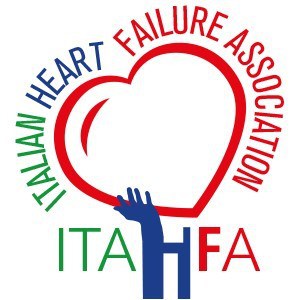"Hello, everybody. My name is Firas Zahr, and I'm an interventional cardiologist at Oregon Health and Science University. Today I was presenting the one-year outcome from the ALT FLOW early feasibility study of the left atrial to coronary sinus aperture transcatheter shunt system.
What is the background of this study?
You know, heart failure. Left-sided heart failure is a progressive disease that has high morbidity and mortality. It's very often associated with poor quality of life. Despite advances in medical therapy, many shunt systems have been evolved to try to address this problem. Some of them are with an implant, some of them are without implant, but almost all of them, they rely on the intra-atrial septum for the shunting. This study device is a coronary sinus implanted device that creates a shunt in between the left atrium and the coronary sinus. And in a way, it'll allow the natural blood flow from the coronary sinus to the right atrium. And that is how the shunt pathway goes.
What was the patient population and study design?
So we specifically looked at patients who have ejection fraction greater than 40% who are symptomatic with heart failure, and this is the main cohort that we studied. However, in the study design, we allow patients who have ejection fraction greater than 25% to be enrolled in the trial. So in a way, we are focusing our analysis on the patient with diastolic heart failure, but yet we were able to establish the efficacy, I'm sorry, the safety of the device with the entire heart failure patient population.
What are the key findings?
So the trial followed patient hemodynamics up to six months, and we are presenting the one-year outcome in terms of quality of life as well as New York Heart class association. And what we have demonstrated is, one, the device is safe with the very low adverse event at 30 days. Two, there is a meaningful improvement in heart failure symptoms and overall health status at one year, significant reduction in wedge at exercise throughout six months, and significant improvement with KCCQ at one year. And all of those are reassuring in terms of the degree of reduction of wedge, the improvement in quality of life as well as the durability up to one year in the study. More importantly, we have noticed that this shunt yet is associated with improved outcome, but there was no evidence of any adverse event on the right heart volumes, hemodynamic function or coupling. In a way, it is safe.
What is the implication of these findings on clinical practice, and future research?
Acutely, it is safe at one year in this study. So this study is critical in advancing our understanding of shunt technology, physiology and the hemodynamics of it. It also has a unique feature in a way that it preserves the septum. As I said, it creates a shunt in between the left atrium and the coronary sinus. And the next phase is to go with the ALT FLOW two trial, which would be involving 100 patients randomized to sham, as well as one to one sham and the shunt. So that will definitely enhance our understanding of shunt physiologies and outcome.
I also wanted to emphasize that we did not notice any difference in terms of subgroups. So in a way, the benefit was universal, including those patients who have pulmonary hypertension and pulmonary arterial disease. In a way, the impact of the shunt was also present in those patients.”








Comments